Can you turn off solar string lights
Solar string lights have become a ubiquitous feature in outdoor spaces, from cozy backyard patios to expansive garden landscapes. These illuminations not only add a touch of magic to your surroundings but also offer an eco-friendly lighting solution. However, as night owls and early birds alike can attest, there may be times when you want to dim the glow or completely switch off your solar string lights. This article delves into the intricacies of solar string light operation, comprehending whether it’s possible to turn them off and how to manage their illumination effectively.
Understanding the Mechanics of Solar String Lights
Before we tackle the question of turning off solar string lights, it’s crucial to comprehend how these luminous wonders function. Solar string lights, including small solar string lights, harness the power of the sun through photovoltaic panels. These panels convert sunlight into electrical energy, which is then stored in rechargeable batteries.
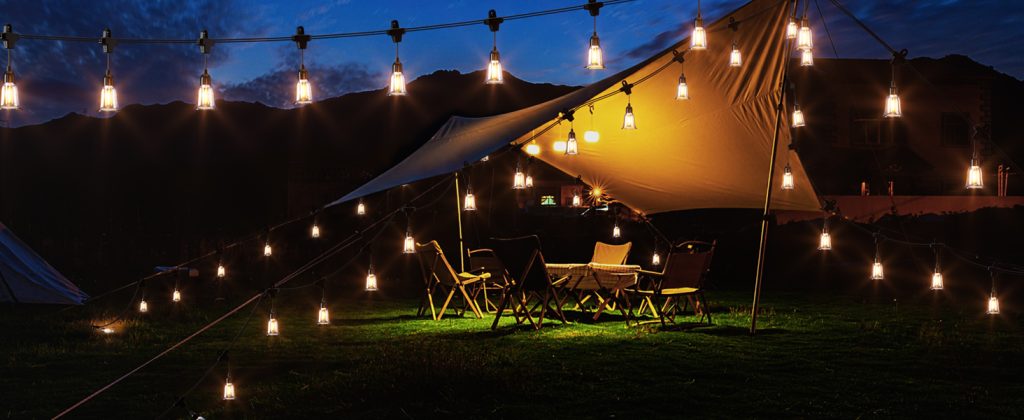
Most solar string lights are designed with an automatic on/off feature. This ingenious mechanism utilizes a light sensor that detects the ambient light levels. When darkness falls, the sensor triggers the lights to switch on, creating a mesmerizing display. As dawn breaks and natural light increases, the sensor prompts the lights to turn off, conserving the stored energy for the next evening’s performance.
This automated system is convenient and energy-efficient, ensuring your solar string lights light up when needed without manual effort. However, this hands-off approach may leave some users wondering if they have any control over when the lights turn on, as it relies on automatic sensors to detect light levels. This can create a sense of uncertainty for those who prefer more direct control over their lighting schedule.
Methods to Control Your Solar String Lights
While the automatic nature of solar string lights is one of their most appealing features, there are indeed ways to exert control over their operation. Here are some methods to manage the illumination of your solar string lights:
- Manual On/Off Switch: Many solar string lights come equipped with a manual on/off switch. This switch is typically located on the solar panel or the battery pack. By flipping this switch, you can override the automatic sensor and turn your lights off completely, regardless of the ambient light conditions.
- Remote Control: Some advanced models of solar string lights offer remote control functionality. This feature allows you to turn the lights on or off from a distance, adjust brightness levels, and even set timers for customized operation.
- Light Sensor Manipulation: If your solar string lights lack a manual switch or remote control, you can still influence their operation by covering the light sensor. By placing an opaque material over the sensor, you can trick the lights into thinking it’s daytime, causing them to turn off.
- Battery Disconnection: As a last resort, you can disconnect the batteries from the solar panel. This method effectively turns off the lights but requires reconnecting the batteries when you want to use the lights again.
- Timer Function: Some solar string lights feature a built-in timer function. This allows you to set specific hours of operation, giving you control over when the lights turn on and off.
It’s worth noting that the availability of these control methods can vary depending on the specific model and brand of small solar string lights you own. When purchasing solar string lights, consider your desired level of control and look for features that align with your needs.
Maximizing the Lifespan of Your Solar String Lights
While the ability to turn off solar string lights can be beneficial, it’s essential to understand that these lights are designed for continuous operation. The regular charge and discharge cycles help maintain battery health and overall performance. However, there are steps you can take to ensure your solar string lights, including small solar string lights, have a long and luminous life:
- Optimal Placement: Position your solar panel in a location that receives ample direct sunlight. This ensures efficient charging and prolongs battery life.
- Regular Cleaning: Keep the solar panel clean and free from debris. A dusty or dirty panel can significantly reduce charging efficiency.
- Weather Protection: While most small solar string lights are designed for outdoor use, extreme weather conditions can take their toll. Consider bringing in the lights or covering the solar panel during severe weather events.
- Battery Maintenance: If your solar string lights use replaceable batteries, change them periodically to maintain optimal performance.
- Seasonal Storage: If you live in an area with harsh winters, consider storing your solar string lights indoors during the off-season. This protects them from unnecessary wear and tear.
By following these maintenance tips, you can ensure that your solar string lights continue to illuminate your outdoor spaces for years to come, whether you choose to turn them off occasionally or let them shine through the night.
Conclusion
Solar string lights offer a magical and eco-friendly way to illuminate outdoor spaces. While they are designed for automatic operation, there are indeed methods to control their illumination, including manual switches, remote controls, and sensor manipulation. Understanding these options allows you to customize the ambiance of your outdoor areas while still enjoying the benefits of solar-powered lighting.
Whether you’re looking to create a cozy atmosphere for a nighttime gathering or simply want to conserve energy, knowing how to manage your solar string lights empowers you to make the most of these versatile illuminations. Remember, while it’s possible to turn off solar string lights, their design and battery health benefit from regular use.
If you’re in the market for high-quality solar string lights or other innovative solar lighting solutions, consider exploring the range offered by BITPOTT. With a focus on quality control, efficient communication, and continuous innovation, BITPOTT is committed to illuminating your outdoor spaces with style and sustainability. For more information or to discuss your solar lighting needs, don’t hesitate to reach out to us at info@forigat.com.
References
- U.S. Department of Energy. (2023). Solar Energy Basics. https://www.energy.gov/eere/solar/solar-energy-basics
- National Renewable Energy Laboratory. (2022). Solar Photovoltaic Technology Basics. https://www.nrel.gov/research/re-photovoltaics.html
- Energy Sage. (2023). How do solar lights work? https://www.energysage.com/energy-efficiency/101/how-do-solar-lights-work/
- Solar Energy Industries Association. (2023). Solar Technology. https://www.seia.org/initiatives/solar-technology

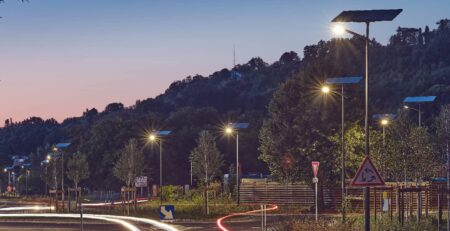
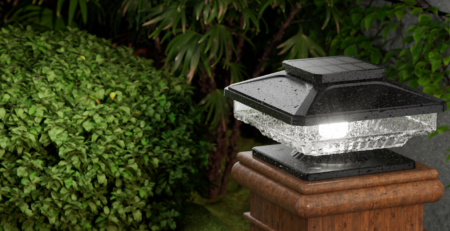

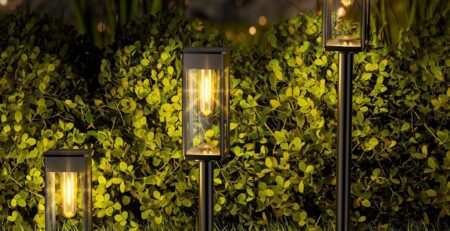

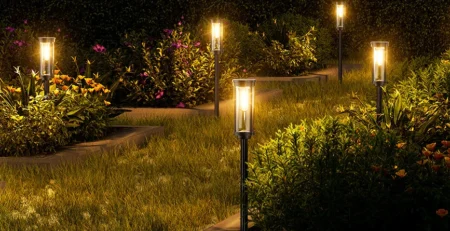
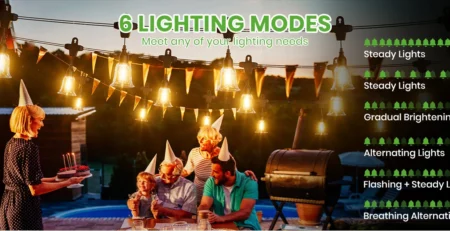
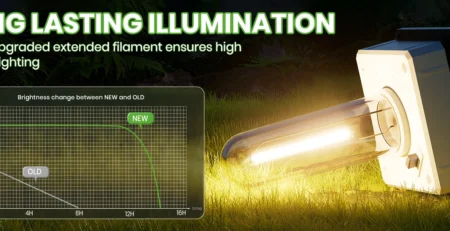
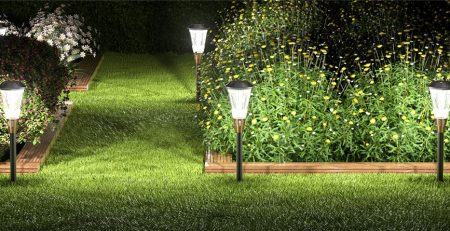
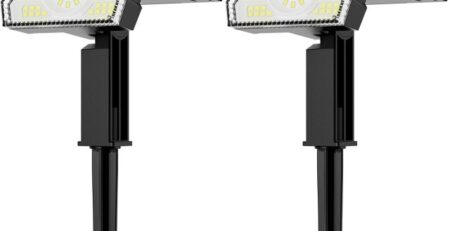
Leave a Reply